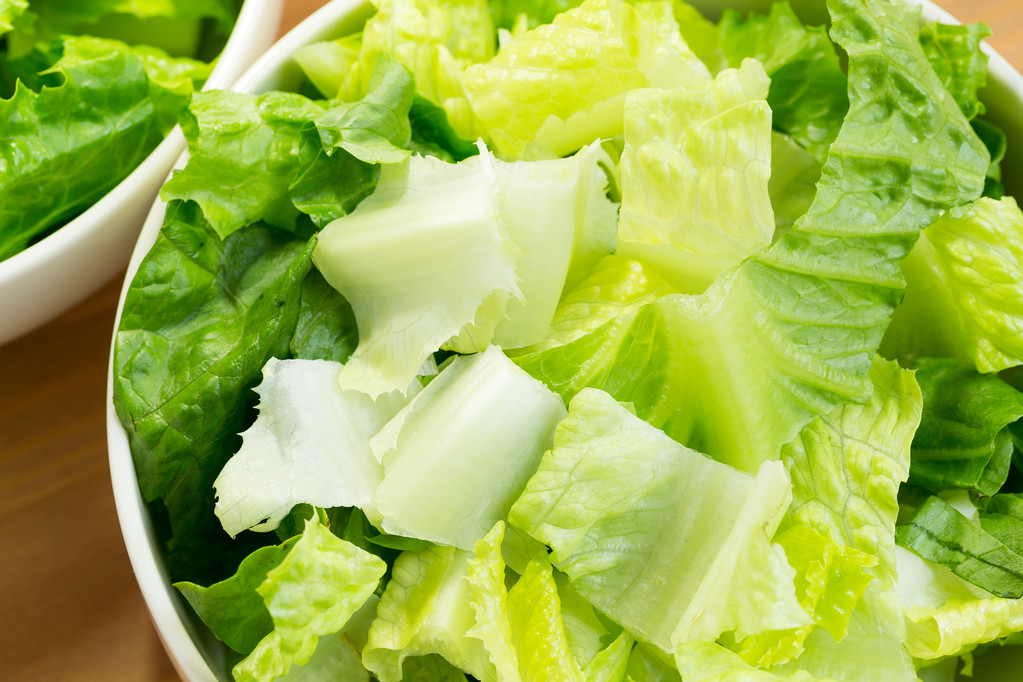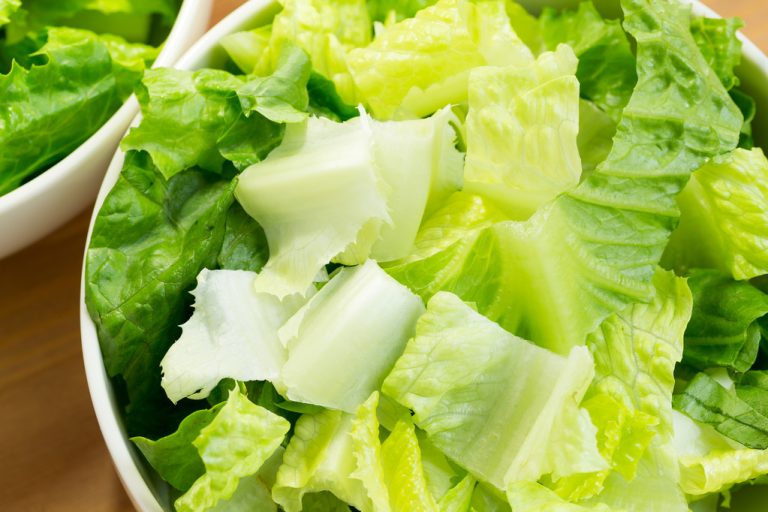Sugarloaf lettuce also provides you with valuable nutrients regionally in winter. In this article you will learn how to grow the lettuce variety in your garden and how to use sugar loaf lettuce in the kitchen.
Like radicchio and chicory, sugar loaf salad belongs to the chicory salads. They all come from the wild chicory and are therefore particularly robust.
Sugarloaf lettuce is particularly suitable as an autumn and winter salad, as it can also cope well with low temperatures down to minus seven degrees – even if the lettuce originally comes from Italy.
The Sugar Loaf owes its name to the large oval heads. They reach a size of up to 45 centimeters and can weigh up to two kilograms. Because of the firm, fleshy leaves, it is also called meat herb.
In this article you will learn how to grow sugar loaf and how to use it in the kitchen.

Growing sugar loaf lettuce in the garden
The sugar loaf is an annual lettuce and belongs to the daisy family. The winter lettuce is robust and easy to care for. You should consider the following tips so that the lettuce also thrives in your garden:
Location:
Sugar Loaf prefers a sunny to partially shaded place.
The salad thrives particularly well after peas or spinach.
Change the bed for sugar loaf lettuce every year and make sure not to plant other composite plants such as salsify, marigolds or artichokes until after three years.
Floor:
The sugar loaf prefers humus-rich, loose and moist soil.
Loosen the soil well and clear it of weeds and large stones before planting the lettuce.
Enrich the soil with some mature compost so that the lettuce is well supplied with nutrients.
mixed culture:
Good neighbors for sugar loaf salad are carrots, tomatoes and fennel.
A mixed culture with potatoes, on the other hand, is not suitable.
Sowing:
The right time to plant sugar loaf is late June to early July – for both seed and seedlings. The advantage of pre-grown plants is that you can start harvesting as early as August.
Place 2-3 seeds in the soil 30 centimeters apart and cover them with about 2 centimeters of soil. Sugarloaf develops firm so-called taproots and is therefore difficult to prick out. Therefore, you should isolate the young plants as soon as possible after they start to germinate.
Also keep a distance of 30 to 45 centimeters between the plants in the rows.
When planting seedlings, be careful not to plant the young plants too deep.
Provide the young lettuce plants with enough water so that they grow well.
Caring for and harvesting sugar loaf lettuce
Sugarloaf lettuce is frugal, robust and not very susceptible to pests. Nevertheless, there are some points that you should consider when caring for and harvesting:
Care:
Make sure that the lettuce is supplied with sufficient water, especially in the summer months.
Loosen the soil regularly and remove weeds.
If you enriched the soil with compost to begin with, you won’t need to fertilize the lettuce until harvest. If you did not fertilize the soil at the beginning, you can enrich the soil later with organic fertilizer such as nettle manure.
If necessary, you can protect the lettuce from pests with a fine net.
At low temperatures, you should also protect the lettuce with a layer of leaves or straw. Make sure the leaves are dry to prevent mold from forming.
Harvest:
After eight to twelve weeks you can harvest the sugar loaf lettuce. The later you harvest the lettuce, the milder it will taste. It is best to wait until after the first frost to harvest.
You can use a knife to cut off the heads just above the ground. Alternatively, you can harvest the lettuce with its roots to keep it fresh longer.
Sugarloaf lettuce is best stored in a cool, dark place.

Sugar Loaf Lettuce: Use in the kitchen
The wintry sugar loaf salad provides you with valuable nutrients and vitamins even in winter – and all regionally without long transport routes. It contains, among other things:
beta-carotene
B vitamins
vitamin C
potassium
You can prepare sugar loaf in the classic way as a salad or steam it with other winter vegetables.
The outer green leaves are usually very bitter, which is why the inner, light part of the lettuce is mainly prepared. However, the bitter substances it contains are very healthy. That’s why you should also use the green leaves of the sugar loaf lettuce. You can mitigate the bitter taste with the following tips:
Make salads with sweet fruits like apples, grapes, or pears. This harmonises the nutty taste of the salad and balances out the bitter note.
A dressing of vinegar and sugar neutralizes the bitter taste.
Briefly boil the lettuce in a little salted water or soak the cut lettuce in lukewarm water for five minutes. However, valuable vitamins are also lost, which is why we do not recommend this method.

